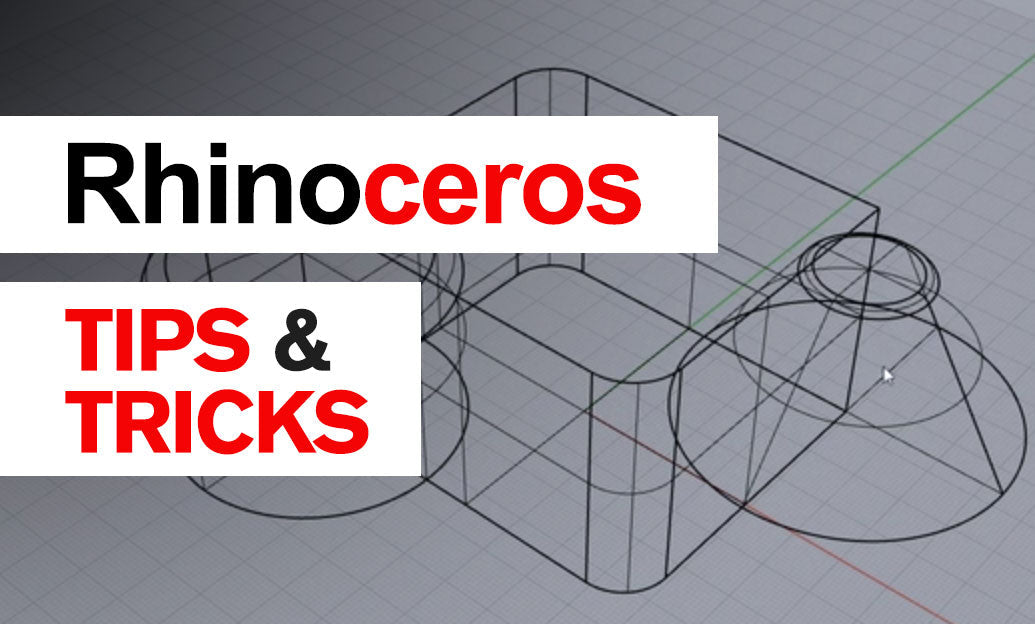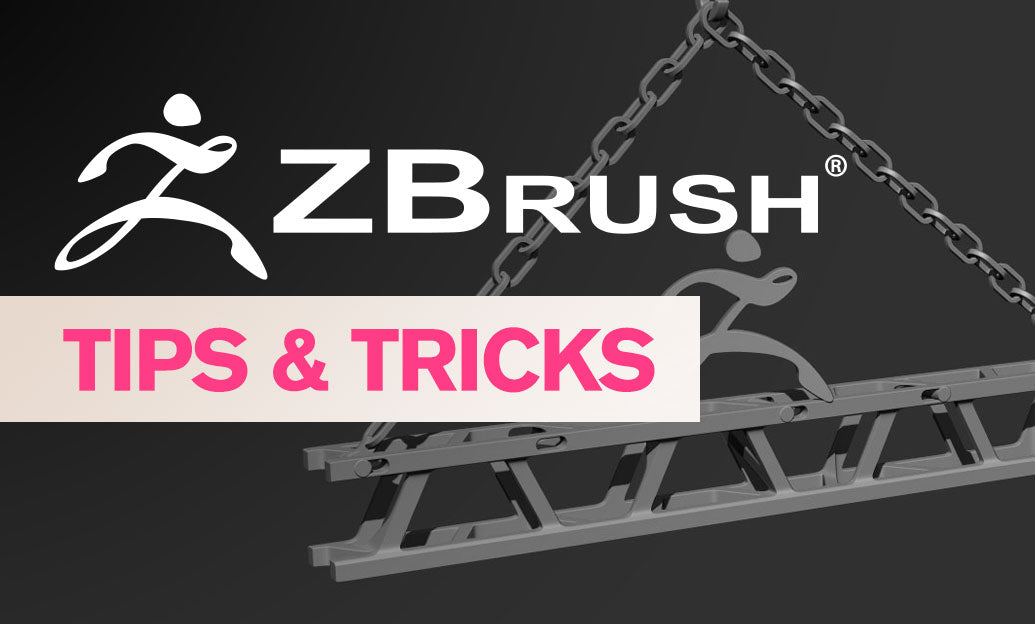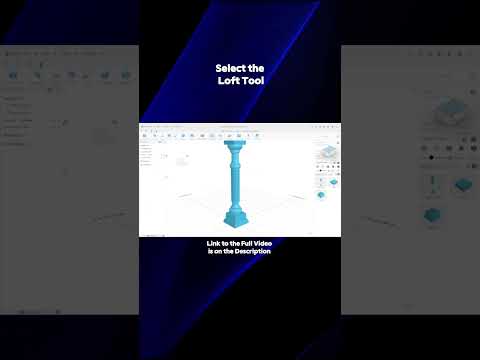Your Cart is Empty
Customer Testimonials
-
"Great customer service. The folks at Novedge were super helpful in navigating a somewhat complicated order including software upgrades and serial numbers in various stages of inactivity. They were friendly and helpful throughout the process.."
Ruben Ruckmark
"Quick & very helpful. We have been using Novedge for years and are very happy with their quick service when we need to make a purchase and excellent support resolving any issues."
Will Woodson
"Scott is the best. He reminds me about subscriptions dates, guides me in the correct direction for updates. He always responds promptly to me. He is literally the reason I continue to work with Novedge and will do so in the future."
Edward Mchugh
"Calvin Lok is “the man”. After my purchase of Sketchup 2021, he called me and provided step-by-step instructions to ease me through difficulties I was having with the setup of my new software."
Mike Borzage
Rhino 3D Tip: Maximizing Efficiency in Rhino 3D's Rendered Viewport for Real-Time Visualization
January 25, 2025 2 min read

The Rendered Viewport in Rhino 3D provides a real-time visualization of your model with applied materials, lighting, and shadows. Mastering its use can significantly enhance your workflow by allowing you to preview render effects without performing a full render. Here are some tips to get the most out of the Rendered Viewport:
- Customize Display Settings: Access the display modes by right-clicking on the display tab or via the menu Tools > Options > View > Display Modes. Customize settings such as shadows, ambient occlusion, and lighting to suit your needs.
- Use High-Quality Display: Enable high-quality settings for a more accurate representation. Go to Display Options and adjust parameters like anti-aliasing and shadow quality. Note that higher settings may impact performance.
- Apply Materials Effectively: Assign realistic materials to your objects to see how they interact with light. Use the built-in material library or create custom materials. Remember that material settings like reflectivity and texture mapping will influence the viewport display.
- Optimize Lighting: Adjust the scene lighting to improve visibility and realism. You can add lights such as directional, point, or spotlights to your model. Experiment with light positions and intensities to achieve the desired effect.
- Enable Ambient Occlusion: Ambient occlusion adds depth by simulating soft shadows in crevices and where objects meet. Activate it in the Display Modes settings under Shading and Shadows.
- Use the Sun Panel for Natural Lighting: Simulate realistic daylight conditions by enabling the Sun. Go to Panels > Sun and adjust the sun position based on geographic location, date, and time.
- Real-Time Rendering with Raytraced Mode: For a higher fidelity preview, use the Raytraced display mode. It utilizes the computer's CPU or GPU to provide a real-time ray-traced image directly in the viewport.
-
Optimize Performance: If the rendered viewport becomes sluggish, consider:
- Reducing the mesh quality in Tools > Options > Mesh.
- Hiding layers or objects not currently needed.
- Adjusting display settings to lower quality temporarily.
- Save Display Configurations: Once you've configured a display mode to your liking, save it for future projects. This ensures consistency and saves time.
Enhancing your skills with the Rendered Viewport not only improves the visual quality of your work-in-progress models but also streamlines the design process by reducing the need for frequent test renders.
For more advanced tips and professional tools, check out NOVEDGE for a wide range of Rhino 3D resources and plugins that can elevate your rendering capabilities.
You can find all the Rhino products on the NOVEDGE web site at this page.
Also in Design News

💎 Rhino Artisan Arrives in Turkey: Revolutionizing Jewelry Design
February 27, 2025 1 min read
Read More
ZBrush Tip: Mastering Curve Surface for Unique Textures in ZBrush
February 27, 2025 2 min read
Read MoreSubscribe
Sign up to get the latest on sales, new releases and more …



